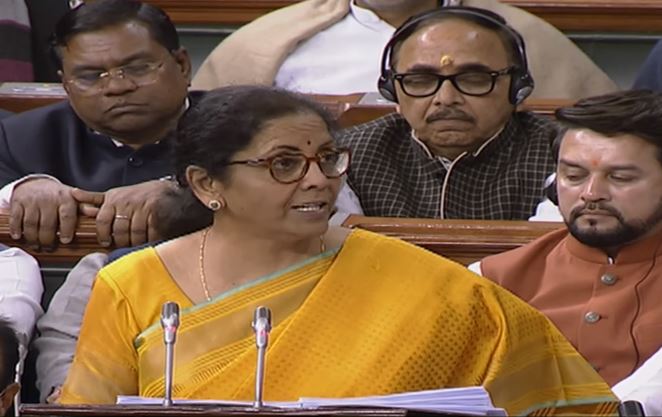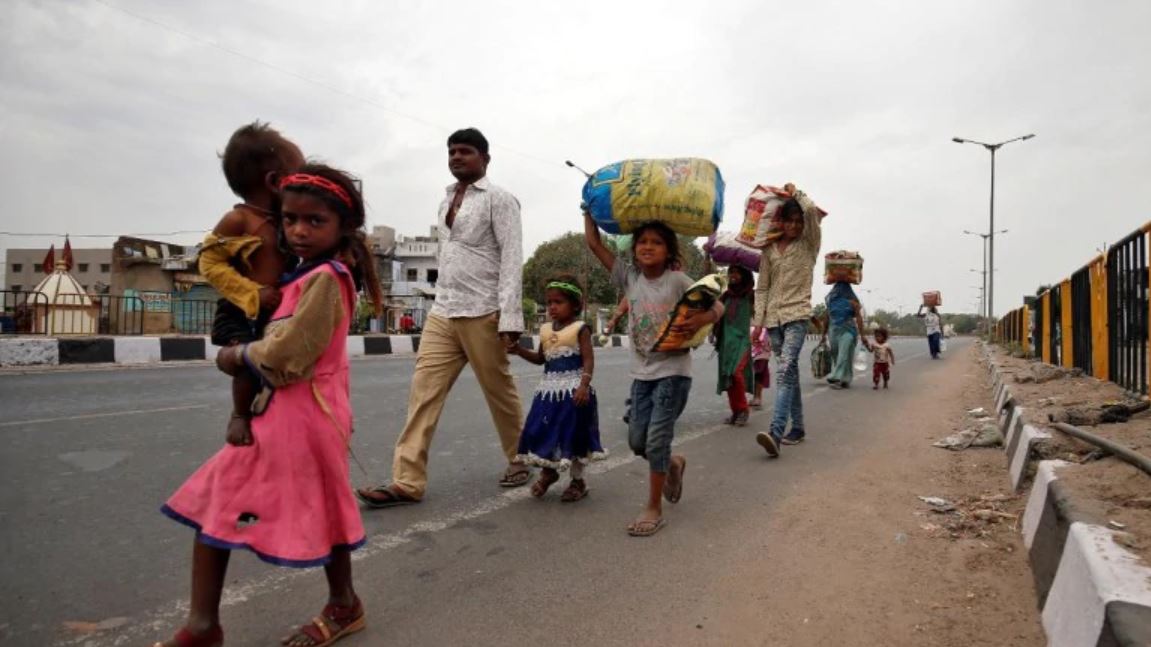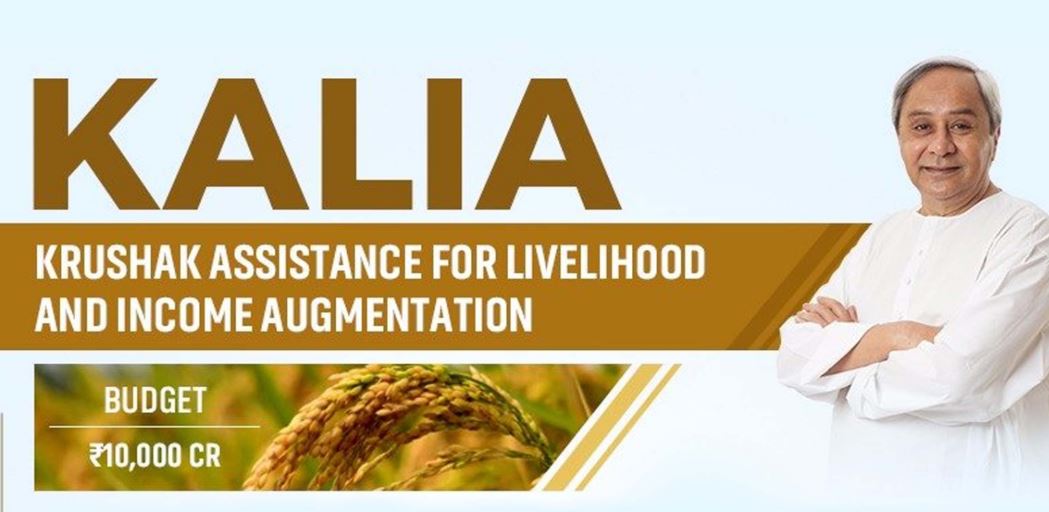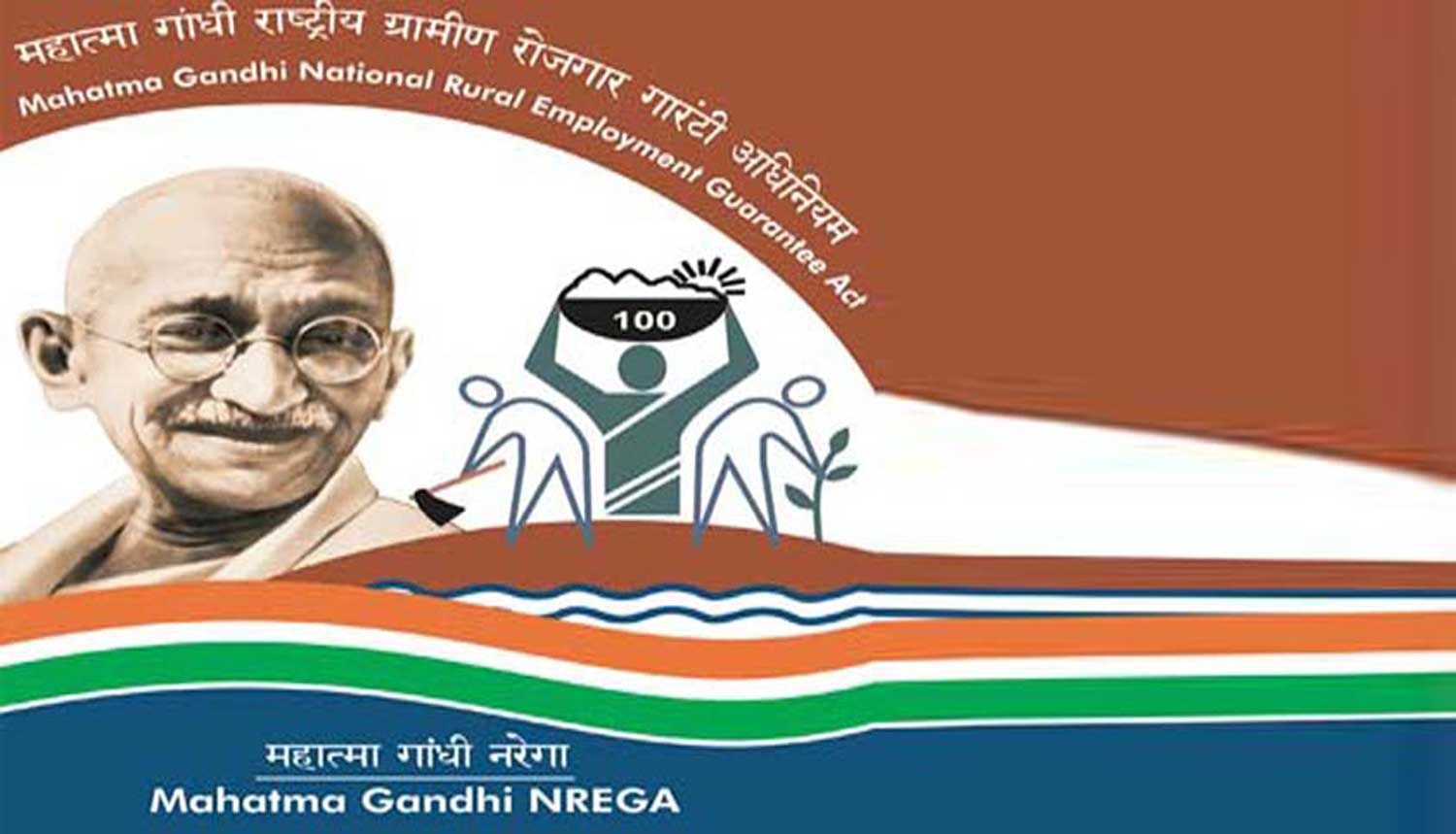Sanjoy Patnaik
The country is currently witnessing a host of financial assistance packages including short term credit facilities to create job opportunities for the migrant workers. The central government declared the AtmaNirbhar Bharat Abhiyan, where 2 lakh crore concessional credit boost would be provided to 2.5 crore farmers including a 30000/ working capital fund to small and marginal holders. Consistent with ANBA, most state governments including Gujarat, Tamil Nadu, Odisha and many others have designed their credit packages for agriculture and allied sector.

There seems to be a strong logic behind introducing these multiple financial assistance packages as there are speculations of many migrant workers not considering return to work looking at the overall industrial breakdown and the mounting stress of starting life all over again in a place that had denounced them a few weeks back. Moreover, the pace in which India’s Covid numbers are shooting up, revival of the informal labour market anywhere in India looks next to impossible. This implies workers who have returned from different states may get stuck in their native places. Unless gainfully employed, this trend would lead to two visible challenges; almost no individual income, and zero monthly family remittance, which is most likely to create an all-time low cash deficit situation in rural areas.
Is access to credit a ticket to prosperity?
There is an assumption that the migrant workers would try to access credit, therefore, are brought under specific eligibility criteria so as to facilitate them avail hassle free loan. While as landless cultivators or tenant farmers they are more likely to benefit from the financial assistance packages designed; with shutdown and lockdown playing hide and seek, an extremely courageous small vendor could rise to avail credit because s/he is not sure whether the market would be open to consume his/her product in the near future. Therefore, a blanket and uniform approach to credit coverage across a range of varying vocations may not yield desired dividends. While it is not possible for the government to keep track of such local nuances, active engagement with small vendors’ abilities to access and utilise credit with empirical data would help design plan B.

In order that the rhetoric becomes reality, it is imperative to have systems in place so that credit coverage and utilisation is optimal, so is the repayment. States invariably have a good network of credit coverage through cooperative societies and commercial banks but more often than not, lack a mechanism that would generate relevant data to ensure phase wise disbursement and utilisation of credit. In the absence of a robust monitoring and periodic assessment mechanism, credit coverage merely remains a populist and supply driven exercise.

Government of Odisha has recently introduced a short term credit package so that the migrant workers are able to take up a range of economic activities. Out of the 9000 crore annual crop loan fixed for 2020-21, 10% has been earmarked for returnees who would be taken up as new members in the PACS (Primary Agricultural Credit Societies) to avail credit assistance @ 5000/ each through Joint Liability Groups (JLG).
JLG: Asset or Liability
JLG is an informal group consisting of 4-10 individuals coming together for the purpose of availing bank loan against mutual guarantee. While in 2019-20, around 29000 JLGs received a short term credit of 148 crores, in the current fiscal year, it is planned to be scaled to 75000. JLG is a NABARD created rural credit coverage model that worked pretty well in north India and was introduced in Odisha in 2018 to provide institutional credit to landless cultivators and sharecroppers as they were unable to produce land patta as collateral. When there is very little information available with the government on the performance of JLGs over the last two years, the sudden scale up in terms of the JLG outreach raises many eyebrows.
As of now, the state government doesn’t have any documentary evidence to vouch for their effective performance nor is there any dedicated structure that could monitor performance of JLGs or credit operations in general. There are no inventories created at the individual JLG level that would record; a) extent of credit availed and repaid, b) actual investment of the loan and the sectors of investment, and c) extent to which sharecroppers are able to avail loan. Besides, government is yet to evaluate if the JLG model has made sharecroppers less dependent on the private moneylenders, especially when additional financial assistance through PM-KISAN and KALIA scheme are being provided to the same set of people.

Within the JLG model of credit coverage, there is a pre supposition of disagreement between the members that is expected to create peer pressure for effective credit utilisation and timely repayment. But it is also possible that the JLG reaches an internal agreement to not use the credit for the purpose availed. A pre Covid assessment of the functioning of JLGs reveal a few interesting findings; a) limited capacity to manage credit operation, b) lack of interest and shy to avail loan, and c) lack of mutual trust between group members.
Moreover, timely repayment is invariably considered as an indicator of credit utilised well. But is it always the case? Timely repayment often restricts any deep dive into the utilisation of the credit availed for a purpose. Government officers have revealed that credit repayment by JLGs is a mere book adjustment exercise. The outstanding amount of the first year’s loan is adjusted against and deducted from the second year’s loan amount to reflect full repayment of first year. Therefore, there is a distinct delink between credit repayment and business performance.
 Need to relook at systems to optimize credit operations
Need to relook at systems to optimize credit operations
As the country moves onto lockdown 6.0 and onwards, there will be a growing demand for credit coverage causing high volume of rural credit transaction. As a result, there will be a dire need and opportunity to revamp the existing credit delivery mechanisms for effective credit operations – coverage, disbursement, utilisation and repayment. Therefore, the state government may consider a set of short and medium term systemic improvements;
- Drafting an Agricultural Credit Policy is long due. The state government in collaboration with NABARD must draft an ACP with the objectives of guiding rural credit operations, designing the credit architecture, defining roles and responsibilities of different players, regulating all forms of private money lending, developing methods of assessments and evaluation of credit needs and utilisations, bringing clarity around repayment, controls and collaterals, and so on. It is possible that the above information may be available in different orders and circulars but it is important to compile them all to develop one single policy document.
- Introducing a periodic credit disbursement and performance monitoring platform that could be a digital or mobile app based OTT (over the top) platform to periodically update on a pre-designed household/JLG level inventory. The credit monitoring operation must link the PACS with district cooperative and the state cooperative banks. An additional capacity could be placed at the district level to work with the PACSs to develop this inventory on a monthly basis. The private money lenders should be asked to prepare similar database and share with the panchayat and district authorities.
- Collaborating with resource and technical agencies to assess if JLG as a rural credit coverage model has been effective or not, whether its avowed objective of provisioning credit to the landless cultivators is working, extent to which dependence on private moneylenders has reduced, and so on. The assessment may also look at the overall credit operations with special focus on private money lending and the self-help groups
- Enhancement of capacity and skill for effective credit operations should be made a critical component of farm credit package. The current skill mapping exercise that is being done for the migrant workers could be extended to farm sector so that credit disbursement could be made skill based.
Given the magnitude and scale of the rural sector crisis in India due to the pandemic, we know rural credit and MGNREGA hold the key but the important question remains whether they should be implemented in the most conventional way or ‘out of the box thinking’ is required even if bereft of logic.
(The author is a development professional and a filmmaker. Views expressed are personal.)





















Nicely written insightful article. Easily comprehensible.
Although there is no separate State Agriculture Credit Policy but its an crucial aspect of State Agriculture Policy 2020 (SAMRUDHI), Ref Page 42-43.
The Govt is also exploring the possibility of agricultural financing through NBFCs & has a tie up with DVARA Trust for Technology based solutions.
Thanks for your inputs and appreciation